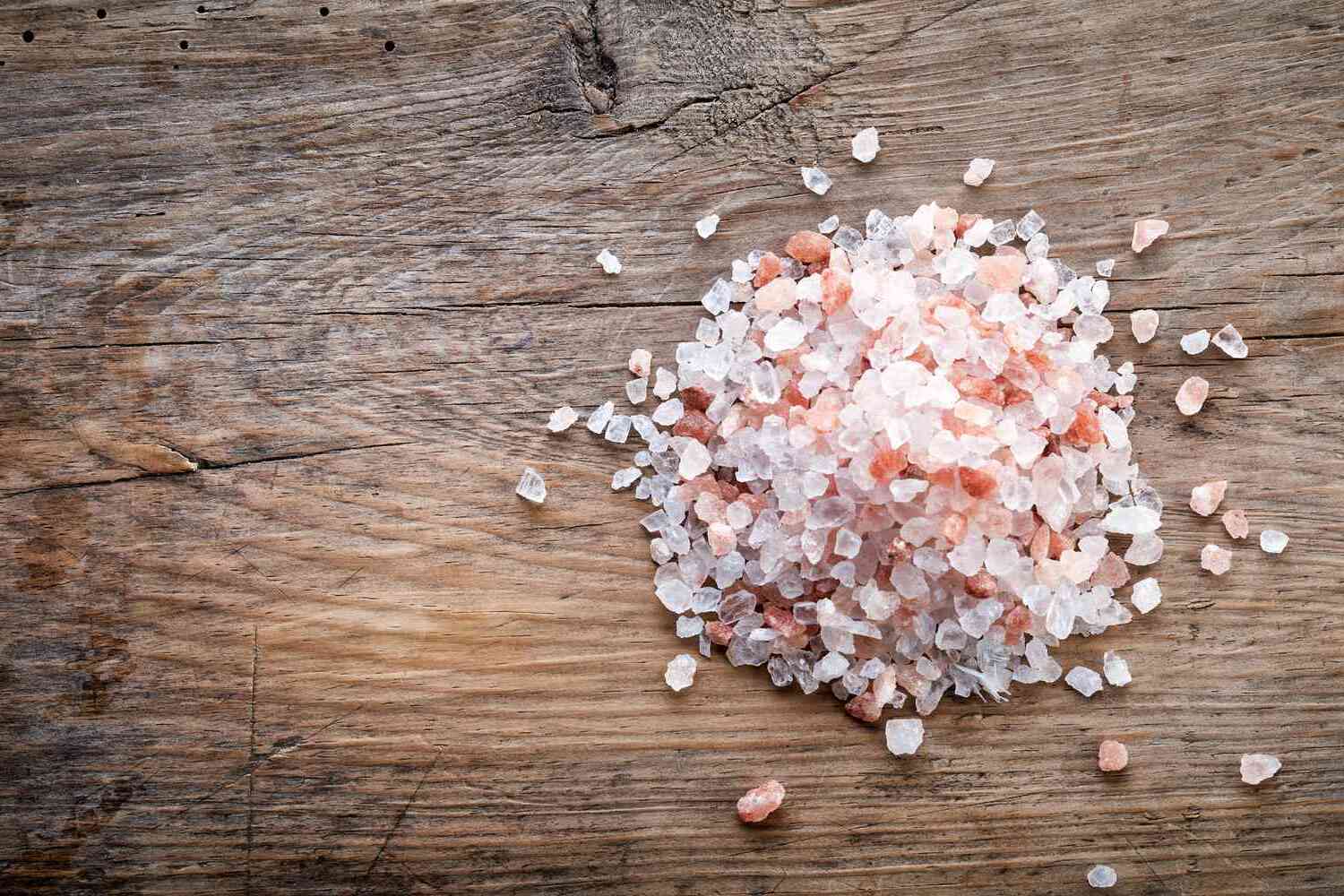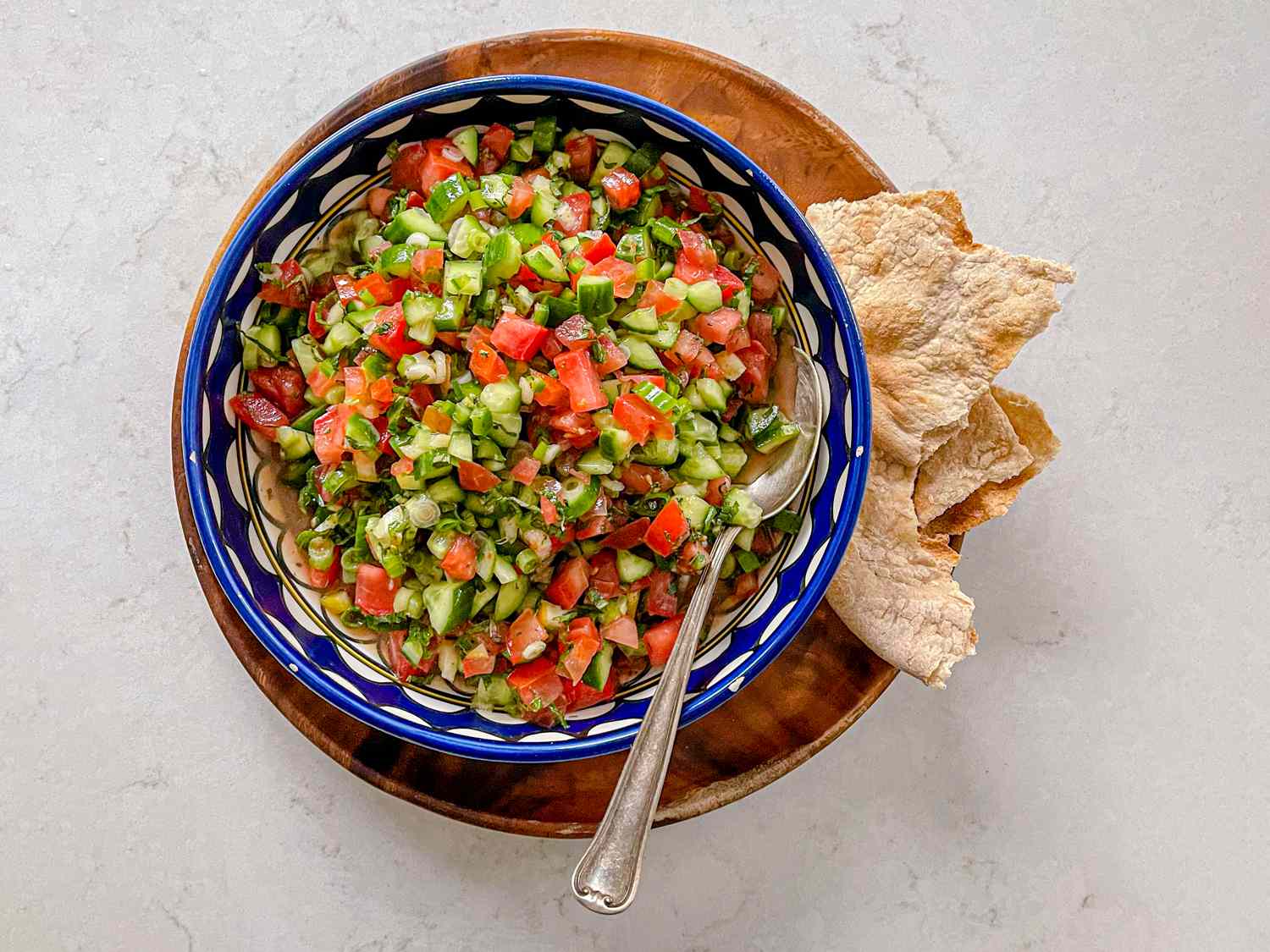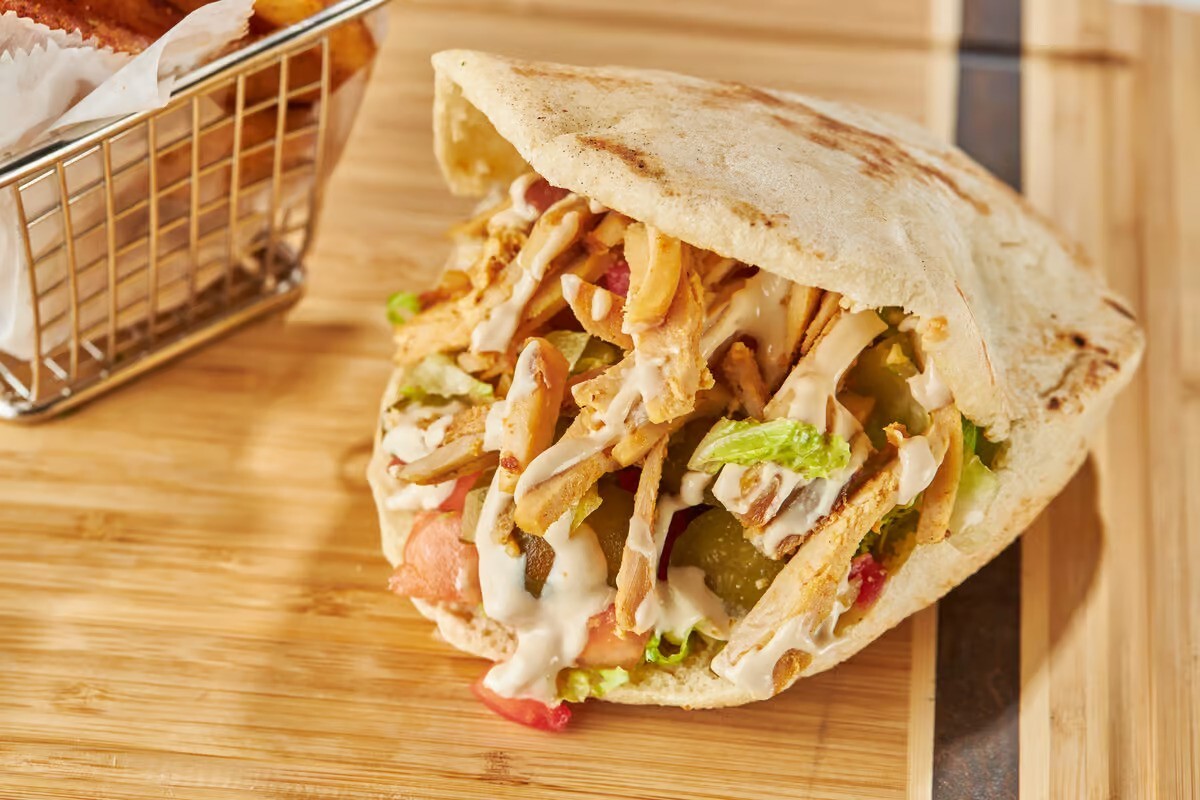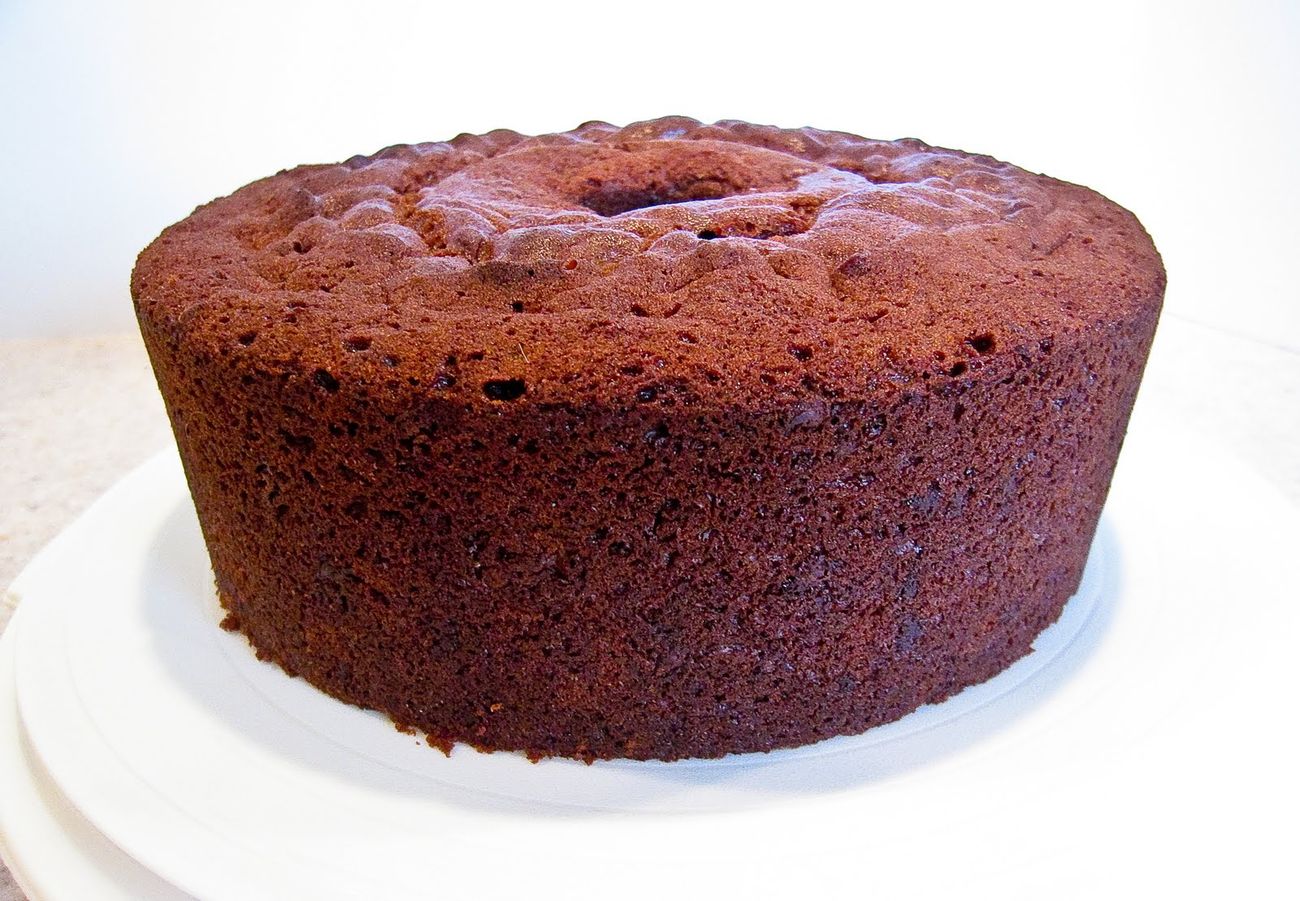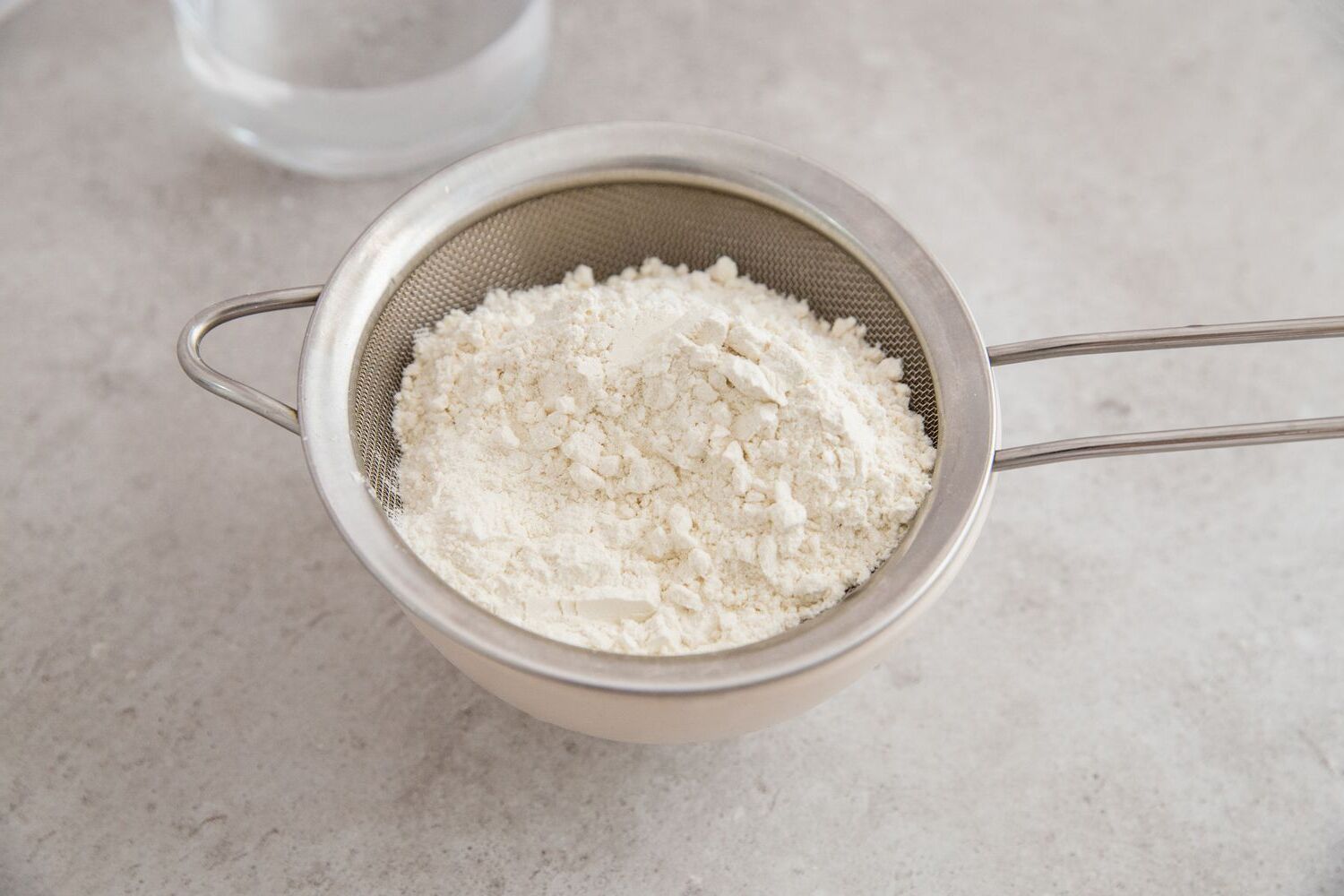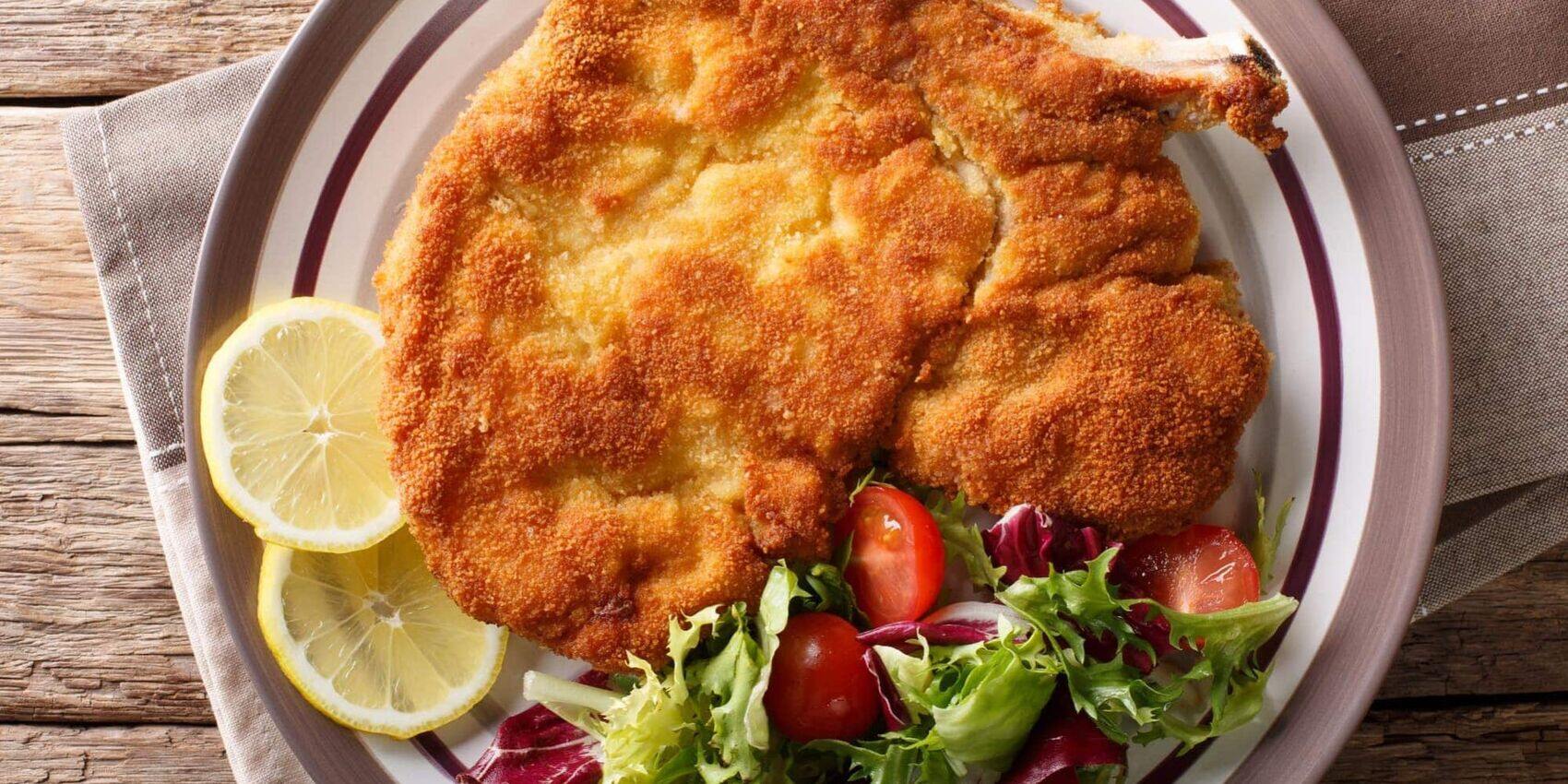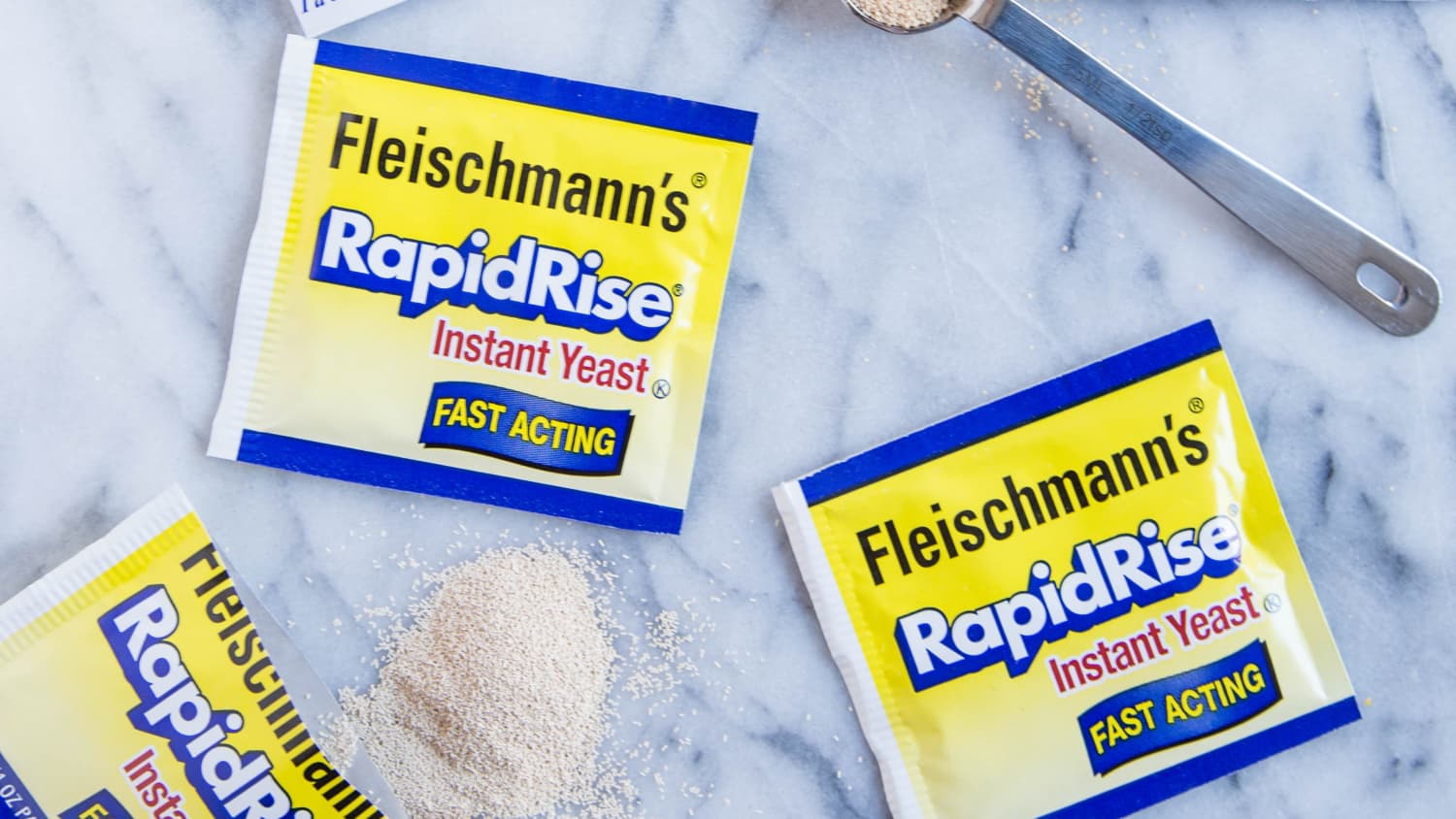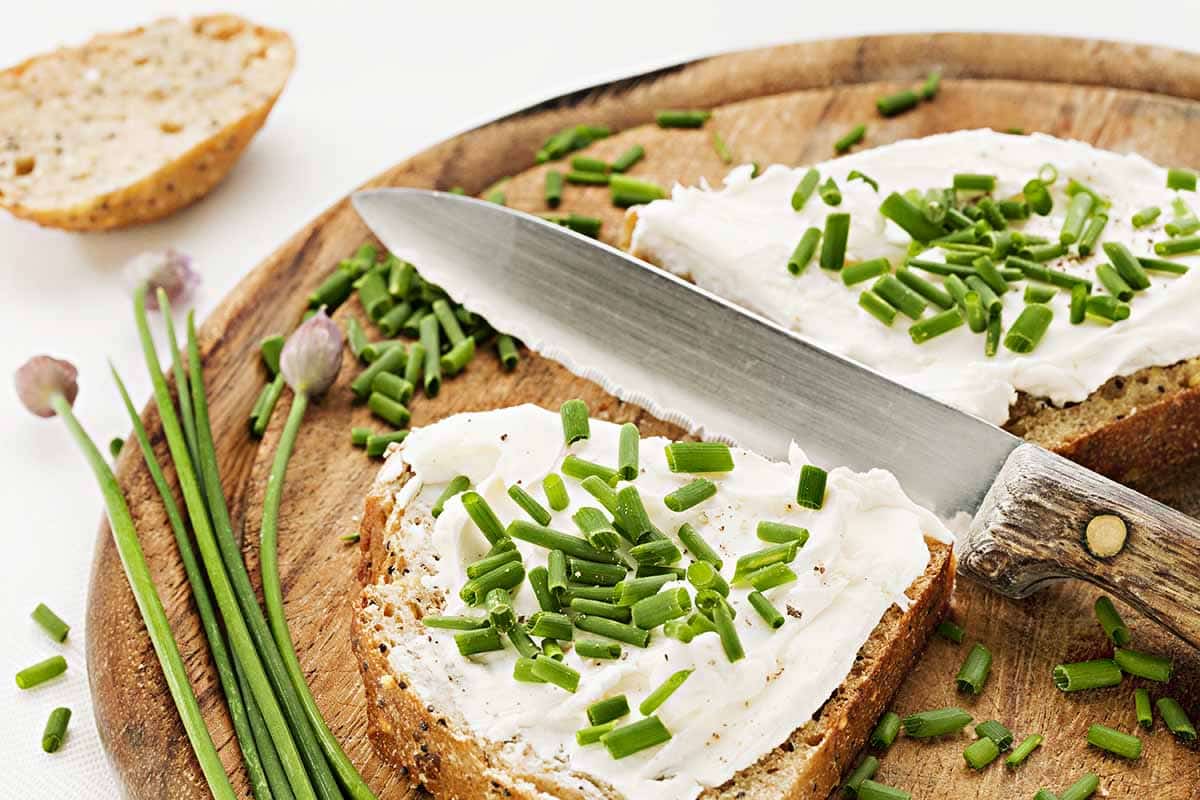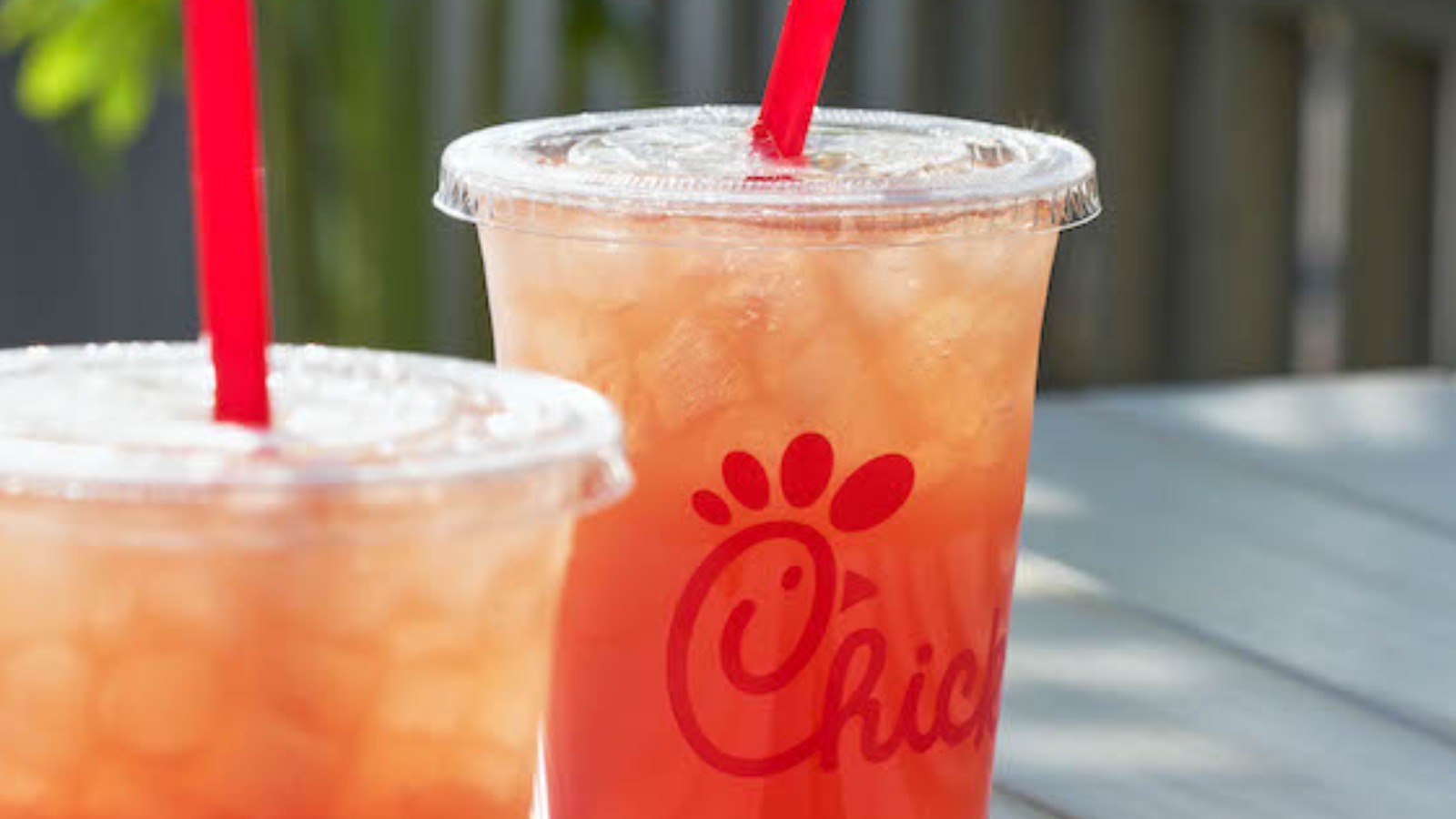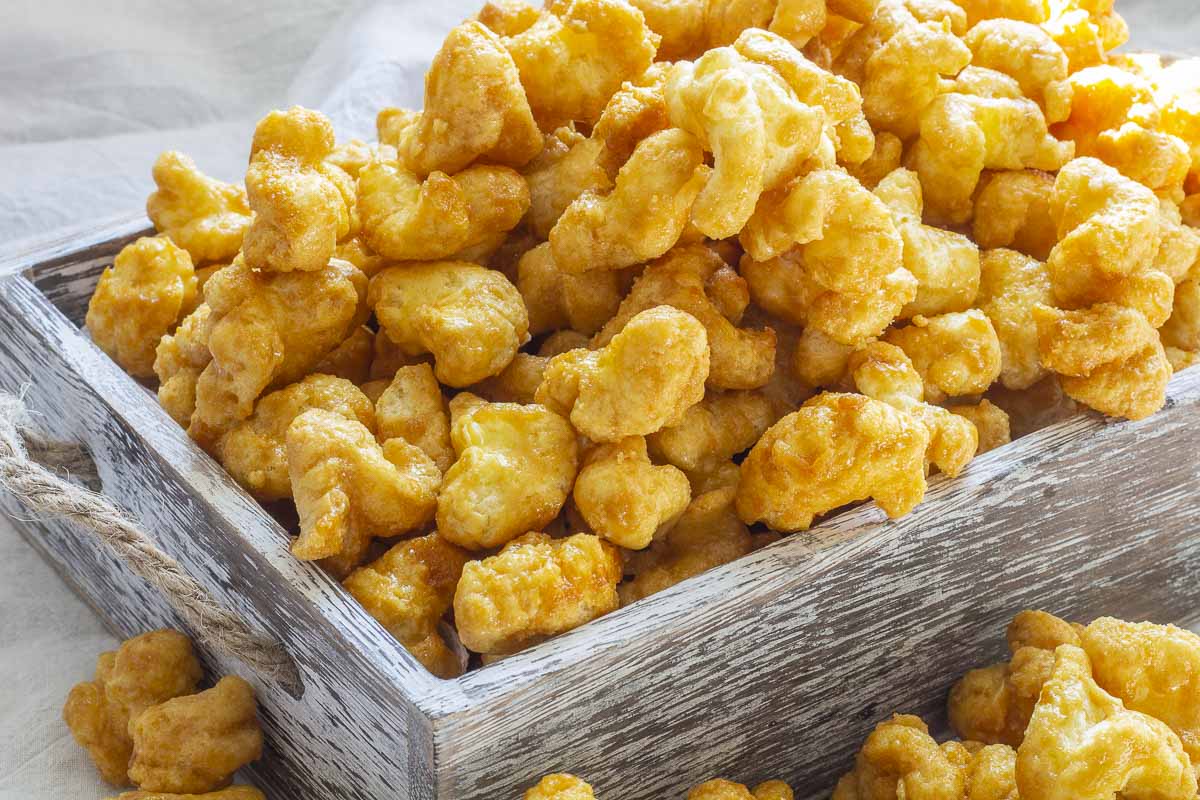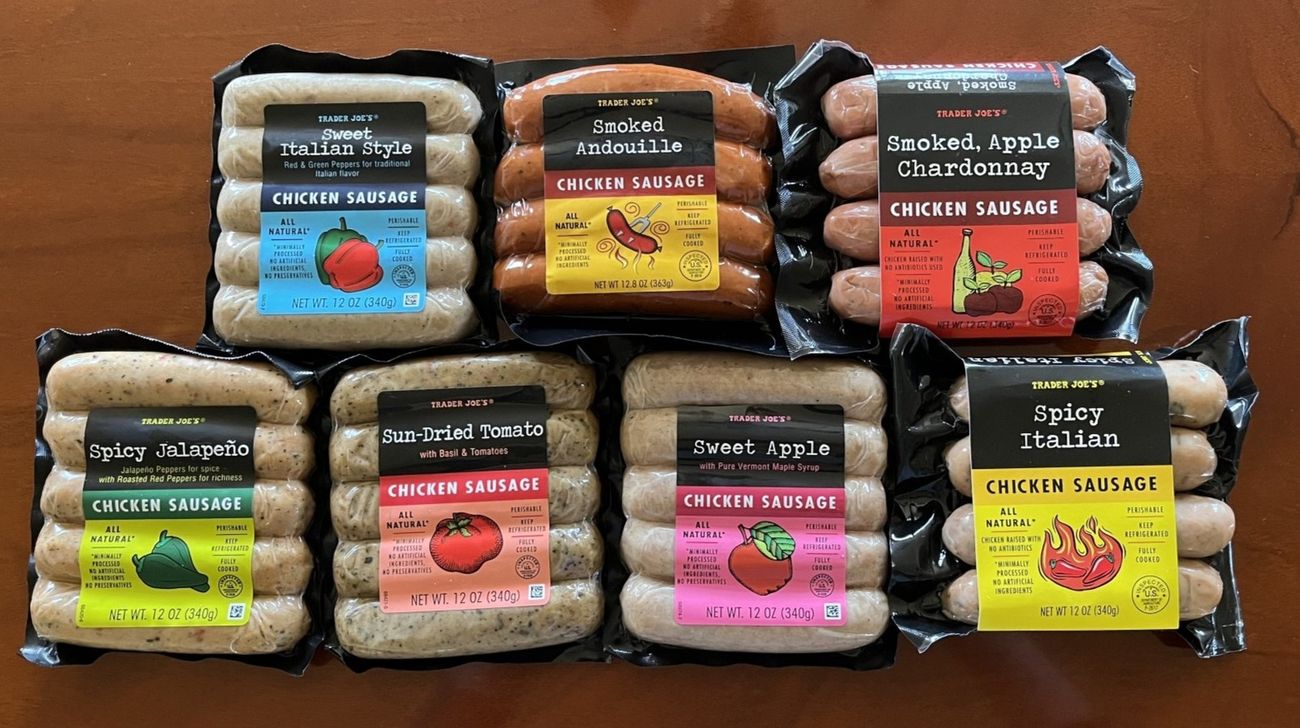Understanding Prime Rib and Ribeye
When it comes to choosing a cut of beef for a special meal, two popular options that often come to mind are prime rib and ribeye. While these cuts may seem similar, there are some key differences that set them apart. Let’s take a closer look at the distinctions between prime rib and ribeye to help you make an informed decision for your next culinary adventure.
Prime Rib
Prime rib is a tender, flavorful cut of beef that comes from the primal rib section of the cow. This cut is known for its rich marbling, which contributes to its juicy and succulent texture. Prime rib is typically roasted to perfection, making it a popular choice for special occasions and holiday feasts.
- Comes from the primal rib section
- Known for rich marbling
- Often roasted
Ribeye
Ribeye, on the other hand, is a steak that is cut from the rib section of the cow and is known for its exceptional tenderness and intense marbling. This cut is often favored for its robust, beefy flavor and is commonly prepared on the grill or in a cast-iron skillet.
- Cut from the rib section
- Exceptionally tender and marbled
- Preferred for its beefy flavor
Key Differences
While both prime rib and ribeye come from the rib section of the cow and boast impressive marbling, there are some notable differences between the two:
- Cooking Method: Prime rib is typically roasted as a whole roast, while ribeye is often prepared as individual steaks on the grill or stovetop.
- Preparation: Prime rib is often served as a large, bone-in roast, while ribeye is commonly served boneless as a thick, juicy steak.
- Texture: Prime rib tends to be more tender and succulent due to its slow roasting method, while ribeye offers a slightly firmer texture with a rich, beefy flavor.
Choosing the Right Cut
When it comes to selecting between prime rib and ribeye, the choice ultimately comes down to personal preference and the desired cooking method. If you’re looking to impress a crowd with a grand roast, prime rib may be the perfect choice. On the other hand, if you prefer individual steaks with a robust flavor, ribeye is sure to satisfy your cravings.
Whether you opt for the luxurious tenderness of prime rib or the bold flavor of ribeye, both cuts offer a delightful beef experience that is sure to elevate any meal.
Next time you’re at the butcher or perusing the meat section at your local grocery store, keep these differences in mind to make an informed decision that will result in a memorable dining experience.
Was this page helpful?
Read Next: What Is Rum And Dr Pepper?
